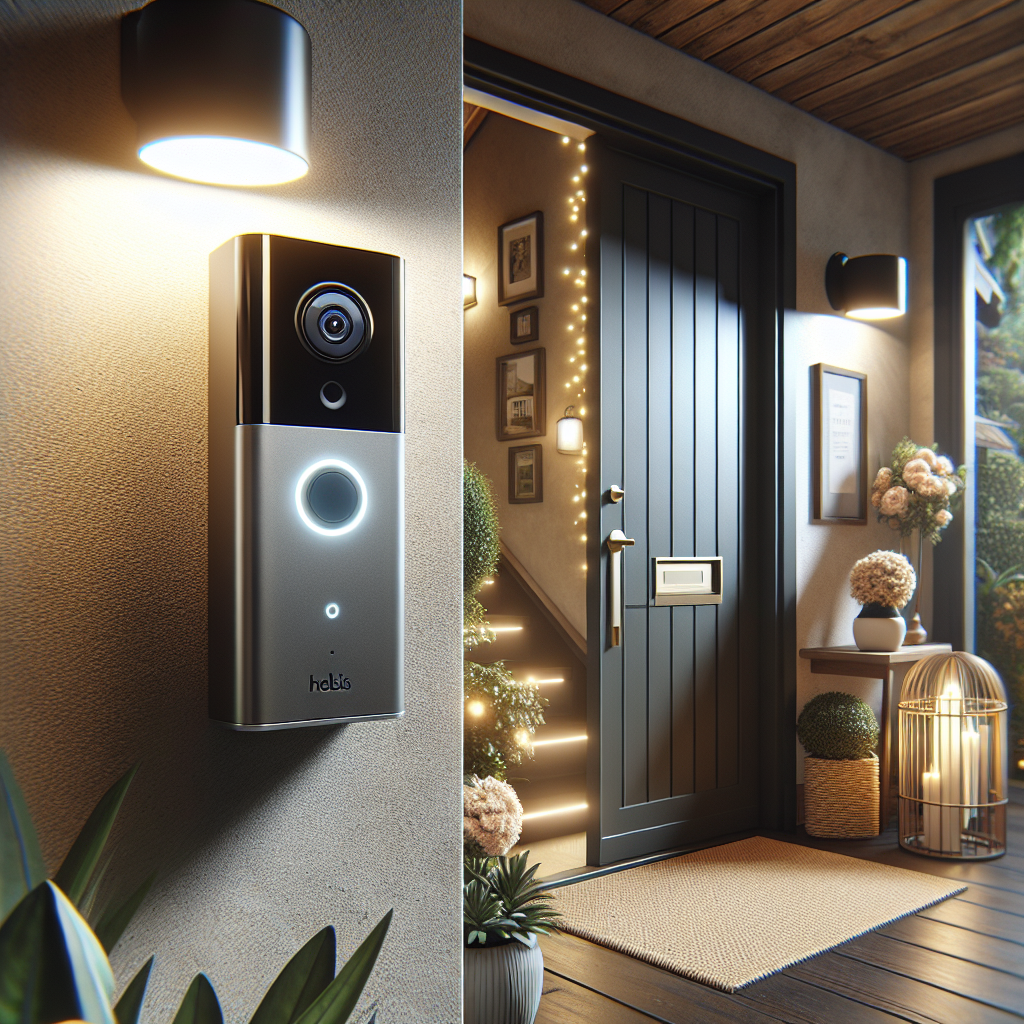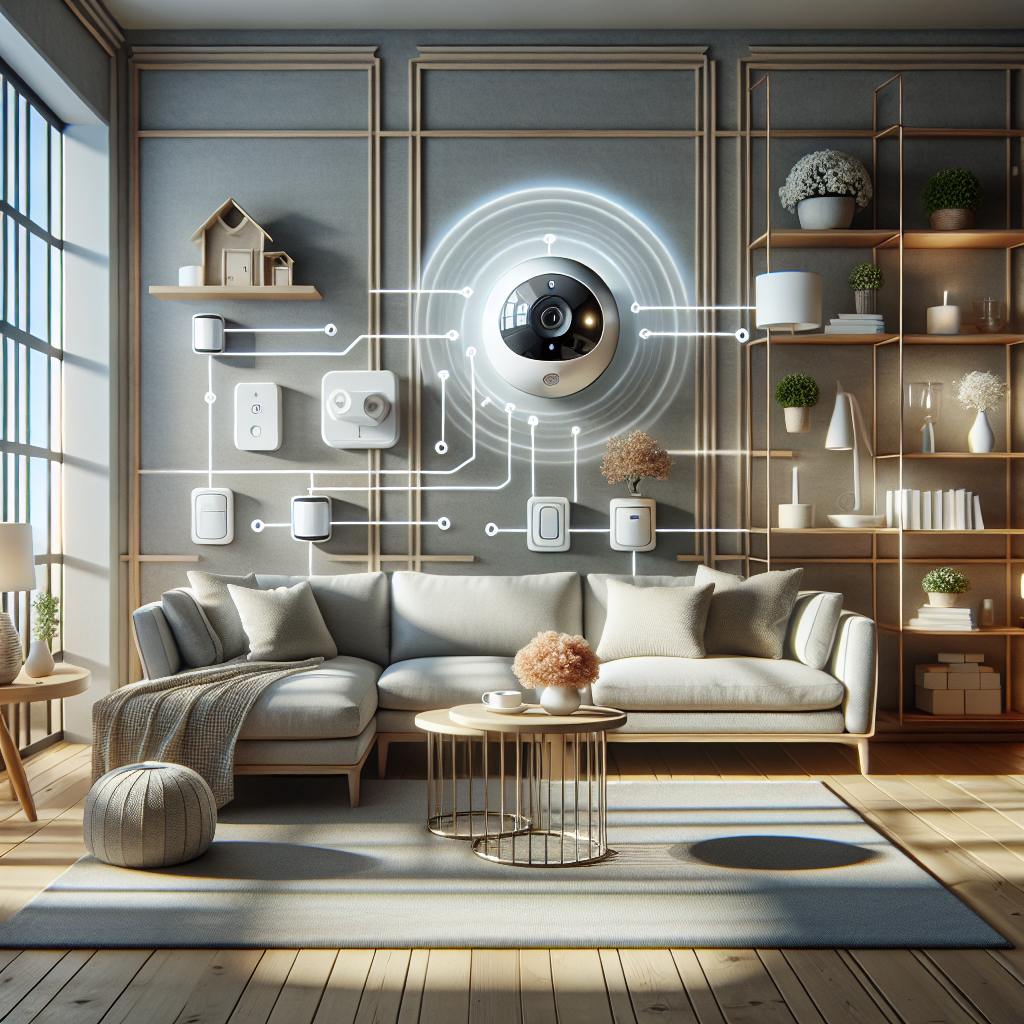Selling a home involves much more than just listing it on the market. It’s about understanding the psychology behind buyer perception and how personalization can significantly impact their decision-making process. In this insightful exploration, we delve into the intricacies of selling a home and the importance of minimizing personalization to maximize buyer appeal.
Understanding Buyer Perception
Buyer perception plays a crucial role in the real estate market. It encompasses how potential buyers perceive a property based on various factors, including its appearance, features, and overall presentation. Personalization, or the presence of personalized elements in a home, can heavily influence buyer perception and ultimately affect their decision to purchase.
The Impact of Personalization on Buyer Perception
Personalization in a home refers to the presence of elements that reflect the homeowner’s individual tastes, preferences, and lifestyle. While these elements may hold sentimental value to the homeowner, they can detract from the overall appeal of the property for potential buyers. Personalized features such as family photos, unique decor, and niche-themed rooms can make it difficult for buyers to envision themselves living in the space. As a result, homes that are highly personalized may struggle to attract offers or command top dollar on the market.
Strategies for Minimizing Personalization
Minimizing personalization is essential for maximizing buyer appeal and increasing the likelihood of a successful sale. Here are some effective strategies for depersonalizing your home:
1. Remove Personal Items
Start by removing personal items such as family photos, heirlooms, and personal collections from prominent display areas. This allows potential buyers to envision themselves living in the space without being distracted by the homeowner’s personal belongings.
2. Neutralize Decor
Opt for neutral decor and color schemes that appeal to a broad range of tastes and preferences. Neutralizing decor creates a blank canvas that allows buyers to imagine their own style and furnishings in the home.
3. Declutter Spaces
Decluttering is essential for creating a clean, spacious, and inviting environment that appeals to buyers. Remove excess furniture, knick-knacks, and clutter to make rooms appear larger and more open.
4. Stage for Mass Appeal
Consider staging your home with the help of a professional to maximize its appeal to potential buyers. Staging involves arranging furniture and decor in a way that highlights the property’s best features and creates a welcoming atmosphere that resonates with a wide audience.
Conclusion
In conclusion, understanding the psychology of selling and the impact of personalization on buyer perception is crucial for successfully selling a home. By minimizing personalization and creating a neutral, inviting environment, homeowners can maximize buyer appeal and increase their chances of a quick and profitable sale. Whether you’re preparing to sell your home or working with clients in the real estate market, implementing these strategies can make all the difference in achieving a successful outcome.



